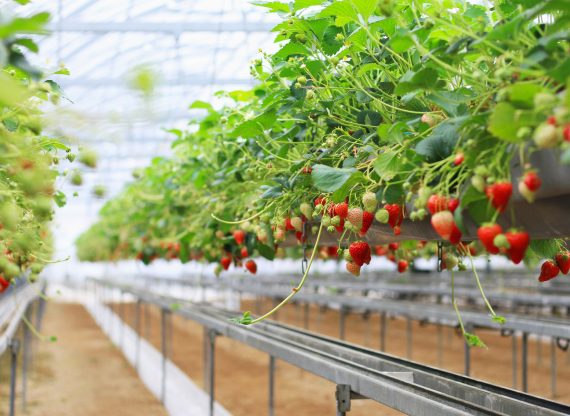Strawberries in January

According to the provincial government, Quebecers need to show a little restraint in their energy use, or else Hydro-Québec will soon be unable to keep up with demand.
In the meantime, this same government is spending millions of dollars so that we can grow strawberries in Quebec in the middle of winter. In fact, since the end of 2020, the government is offering a double subsidy to producers of greenhouse fruits and vegetables.
First of all, it reimburses 50% of the costs of building or expanding greenhouses, up to a maximum of $600,000. This is about equivalent to the total income taxes paid in Quebec by 133 average taxpayers in a given year. To that is added an operating subsidy by which Quebec’s Department of Agriculture, Fisheries, and Food covers up to 40% of electricity bills for a period of eight years.
As you may well imagine, it takes a fair bit of electricity to grow strawberries and tomatoes when it’s -30 °C outside. In 2020 alone, greenhouses accounted for 250 GWh of electricity consumption—equivalent to the annual consumption of 14,150 Quebec households. According to Hydro-Québec’s projections, greenhouses’ demand for electricity will increase by 80% between now and 2030.
Despite all of these subsidies, consumers are not enjoying low prices. Quebec strawberries cost $8.40/lb at the grocery store, while California strawberries sell for $3.44/lb across the aisle.
The simple fact is that a greenhouse consumes a lot of energy, and is expensive to set up—so much so that it costs less to use the natural heat of the sun and then transport a product across a continent than to produce it in a greenhouse, locally, with Hydro-Québec’s counters spinning around at breakneck speed.
And unlike Quebec’s January strawberries, California’s do not spark fears of a shortage of electrical capacity.

